.png)
Accelerating Regional Data Operations with Automated Rollovers for a Global Biopharma Across Multiple Markets
.png)
The Challenge
A leading global biopharma had regional data operations spread across multiple regional markets. Data from different systems used for forecasting and marketing operations needed continuous management and validation. As more markets came onboard, the manual tasks only increased. It took over a week every cycle just to validate and roll over data for business teams.
- Manual dependency
Running SQL scripts, validating records, appending files — all of it was done manually. This slowed down every refresh cycle. - Forecasting delays
Long validation cycles meant updates to internal forecasting tools and connected reporting systems were not always on time. - Quality gaps
Human error crept in during mapping and conversion factor updates. Data mismatches would appear downstream. - Resource strain
Data stewards were spending time fixing files instead of improving how data flowed from source systems.
Our Solution
Agilisium automated the validation and rollover process end-to-end. What took days was now completed in minutes. The engagement aimed at removing every manual touchpoint, giving the team a setup that was consistent and always ready for analytics.
Automated validation
SQL checks and cross-validations were coded into automated workflows. Every dataset rolled over clean without manual oversight.
Fast rollovers
Recurring datasets from regional sources were scheduled automatically. Updates to forecasting and analytics platforms now ran on time.
Data quality focus
Automation handled repetitive processes, allowing the team to redirect their focus toward identifying discrepancies at the source instead of downstream fixes.
Adaptive automation
The automation was built to support ongoing data and documentation processes, ensuring continued alignment with business updates.


The Outcomes
Operational efficiency
Rollover cycles shortened drastically. Regional teams gained access to updated data almost instantly, improving business continuity.
Zero-error data quality
No data quality issues were reported after go-live. Every cycle runs clean, giving confidence to users relying on these datasets.
Enabled Data Improvement
Data engineers and stewards now spend more time on source-level improvements rather than manual script execution.
Consistent automation
The automation framework continues to support validation and rollover activities as regional data needs evolve.



.jpg)
.jpg)
.webp)
